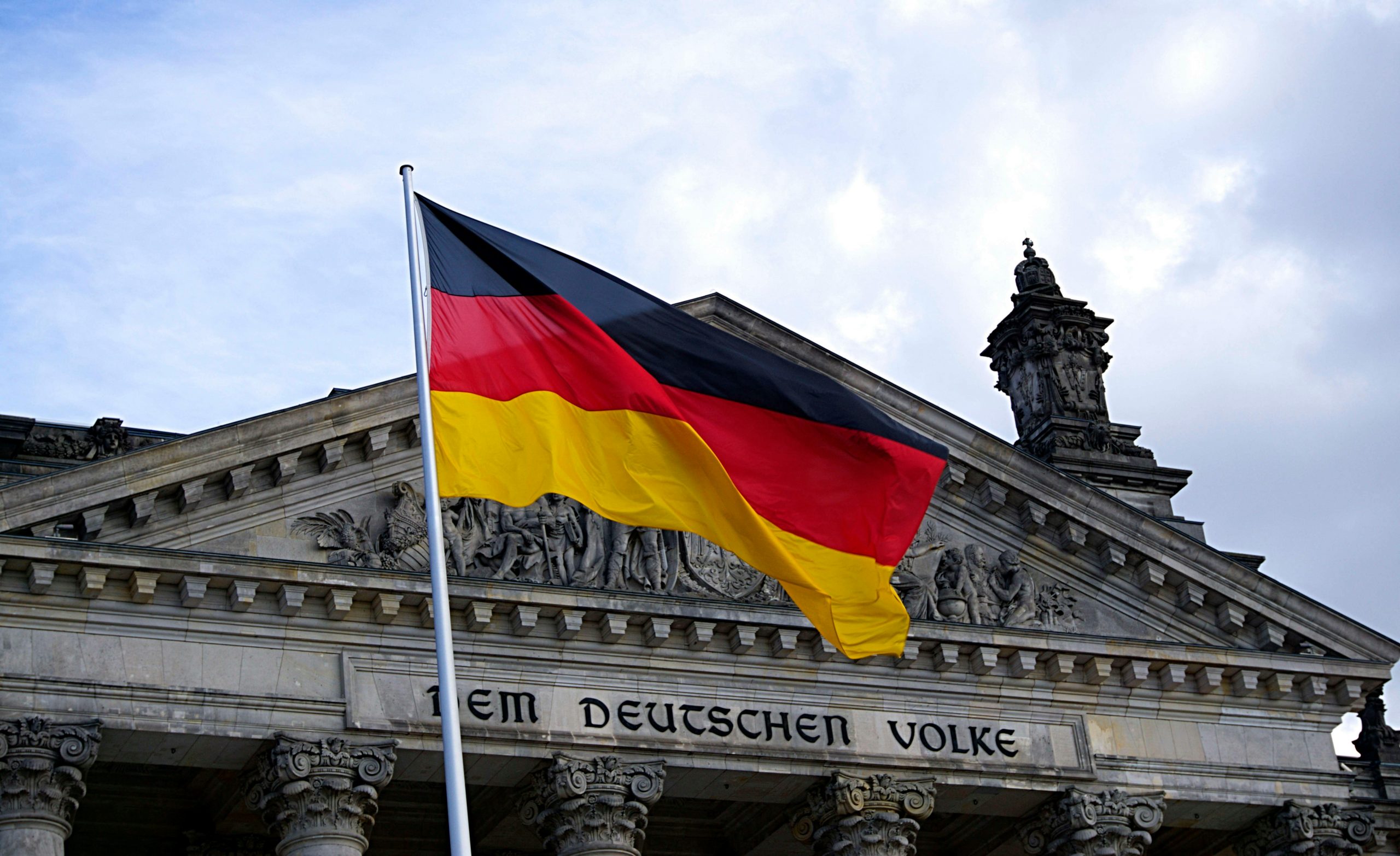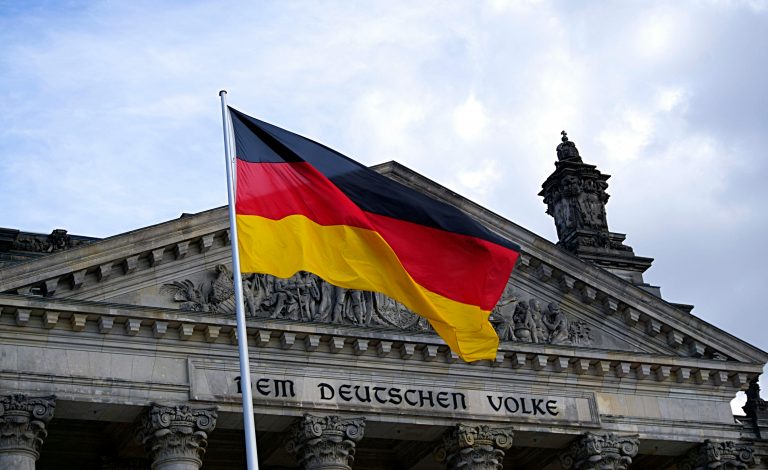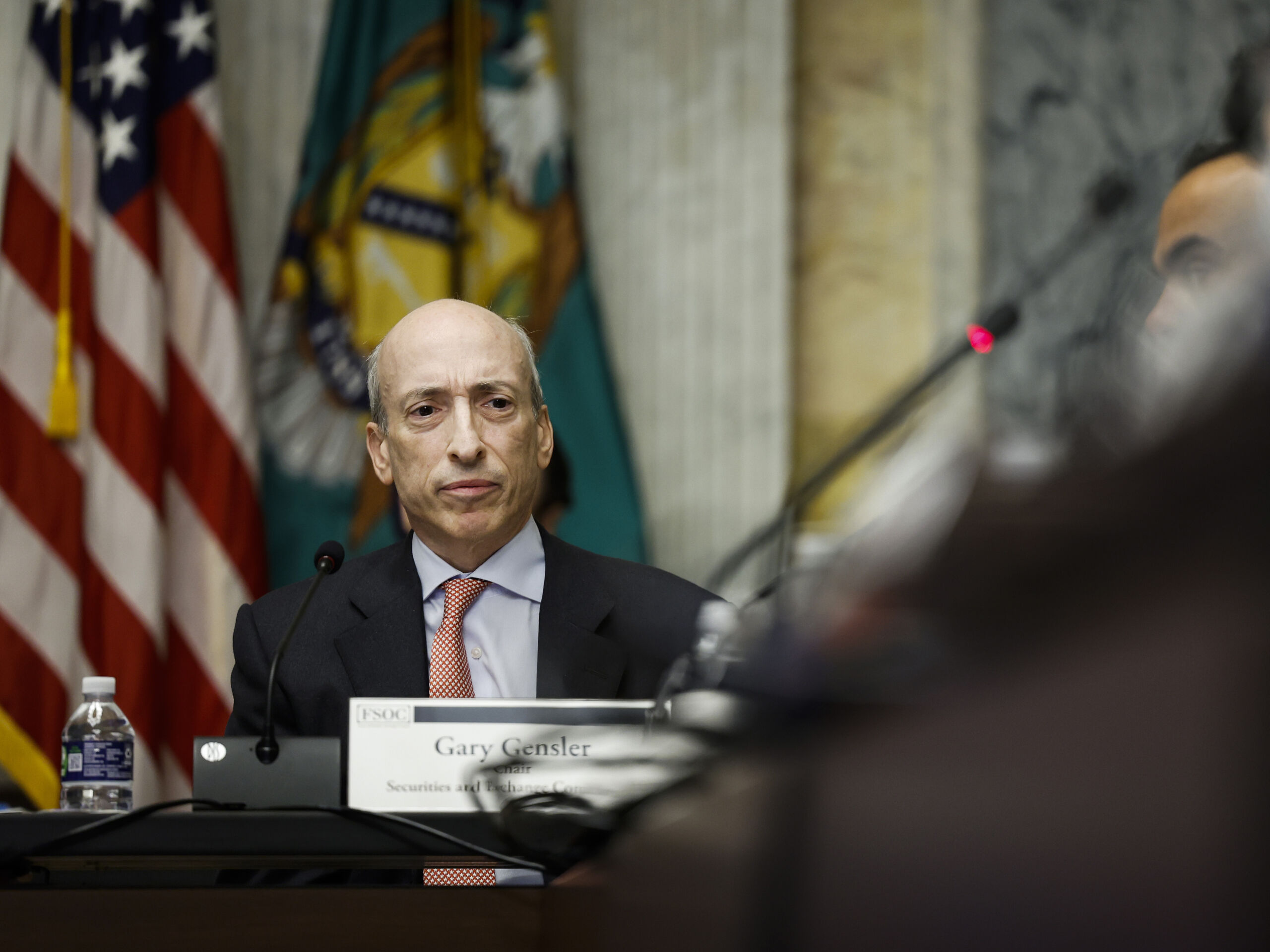Germany Commits To Helping Ukraine Step Up Peace Talks As Russia-Ukraine War Enters 4th Year


German Chancellor Friedrich Merz hosted Ukrainian President Volodymyr Zelenskyy in Berlin for high-level discussions on bolstering Ukraine’s defense capabilities amid stalled peace negotiations with Russia.
During a joint press conference, Merz explicitly committed to “stepping up” pressure on Moscow to force engagement in ceasefire talks, emphasizing Europe’s resolve to end the conflict—the continent’s deadliest since World War II.
Germany will collaborate with Ukraine to develop and manufacture long-range weapons domestically in Kyiv, free from Western-imposed range restrictions. This includes cruise missiles and ballistic systems, with Merz stating, “We want to enable long-range weapons… and we will not speak about details publicly but will intensify cooperation.”
Register for Tekedia Mini-MBA edition 18 (Sep 15 – Dec 6, 2025): registration continues.
Tekedia AI in Business Masterclass opens registrations.
Join Tekedia Capital Syndicate and co-invest in great global startups.
Register for Tekedia AI Lab: From Technical Design to Deployment.
He declined to confirm direct delivery of Germany’s Taurus missiles but hinted at lifting all prior limitations on supplied arms. Merz vowed to prevent the recommissioning of the Russia-Germany gas pipeline, framing it as a direct economic lever: “We will do everything… to ensure that Nord Stream 2 cannot be put back into operation.”
Berlin will ramp up financial support for Ukraine’s arms production, including drones and air defense systems, signaling a shift toward sustained industrial aid as U.S. involvement wanes under President Donald Trump.
Zelenskyy, in turn, accused Russia of deliberate stalling tactics, noting Moscow’s failure to agree on negotiation venues including rejecting a Vatican-hosted proposal and its massing of 50,000 troops near Ukraine’s Sumy region for potential “buffer zone” incursions.

He highlighted Russia’s mobilization of up to 45,000 troops monthly against Ukraine’s 25,000–27,000, underscoring the asymmetry in the ongoing front-line fighting. The Berlin meeting followed failed Istanbul talks earlier in May, where Russia delayed delivering a promised peace memorandum despite U.S. pressure for a resolution.
Kremlin spokesman Dmitry Peskov criticized the missile production pledge as an “obstacle to peace,” while both leaders rejected Moscow’s demands, such as halting NATO expansion.
This comes as Merz, in office since early May 2025, navigates coalition tensions at home over defense spending but has earned praise abroad for his proactive stance—meeting Zelenskyy three times in under a month.

By August 2025, Merz reiterated calls for “pressure” on Russian President Vladimir Putin during talks with Canadian Prime Minister Mark Carney, accusing him of “delay tactics” ahead of potential U.S.-brokered summits.
These developments reflect Europe’s growing role in sustaining Ukraine’s defense as the war enters its fourth year. What began as a rapid Russian advance on Kyiv has devolved into a grinding war of attrition, with Russian forces controlling approximately 20% of Ukrainian territory, primarily in the east and south.
Russian President Vladimir Putin remains committed to his strategy of outlasting Ukraine and its Western allies, claiming incremental territorial gains around 4,900 square kilometers in 2025, though independent assessments like those from the Institute for the Study of War (ISW) put it at about 3,561 km².
Ukrainian President Volodymyr Zelenskyy, meanwhile, continues to call for stronger international support, recently urging U.S. President Donald Trump to broker an end to the war, drawing parallels to recent Gaza ceasefire efforts.
The conflict shows no immediate signs of resolution, with recent escalations in aerial strikes, energy infrastructure attacks, and diplomatic maneuvering.
Casualties remain staggering: estimates suggest over 219,000 Russian soldiers killed since 2022 with 90,000-100,000 in 2025 alone, alongside tens of thousands of Ukrainian military and civilian deaths.
Both sides report high enemy losses while downplaying their own, but the war has displaced millions and caused economic devastation estimated at $1.3 trillion for Russia through sanctions and direct costs.
Russian forces have intensified combined missile and drone strikes, targeting Ukraine’s energy grid to exacerbate winter hardships. Around October 2-3: A massive barrage of 381 drones and 35 missiles hit gas extraction facilities in Kharkiv and Poltava oblasts, damaging Naftogaz infrastructure and injuring civilians, including an 8-year-old child.
Ukrainian officials described it as the largest attack of the war, aimed at disrupting heating ahead of winter 2025-2026. October 4: Shahed drones struck a civilian train in Sumy Oblast, killing one and injuring 30; agricultural warehouses storing 1,700 tons of grain were also hit.
October 5: Over 500 weapons systems containing 100,000+ foreign parts, evading sanctions targeted energy sites, causing outages for 800,000 in Kyiv power later restored.
Ukrainian countermeasures: Forces downed 50% more Shahed drones in September 2025 than August, extending “kill zones” with FPV drones up to several kilometers behind Russian lines. Ukraine has also ramped up long-range strikes on Russian oil refineries, idling nearly 40% of Russia’s refining capacity and causing gasoline shortages.





